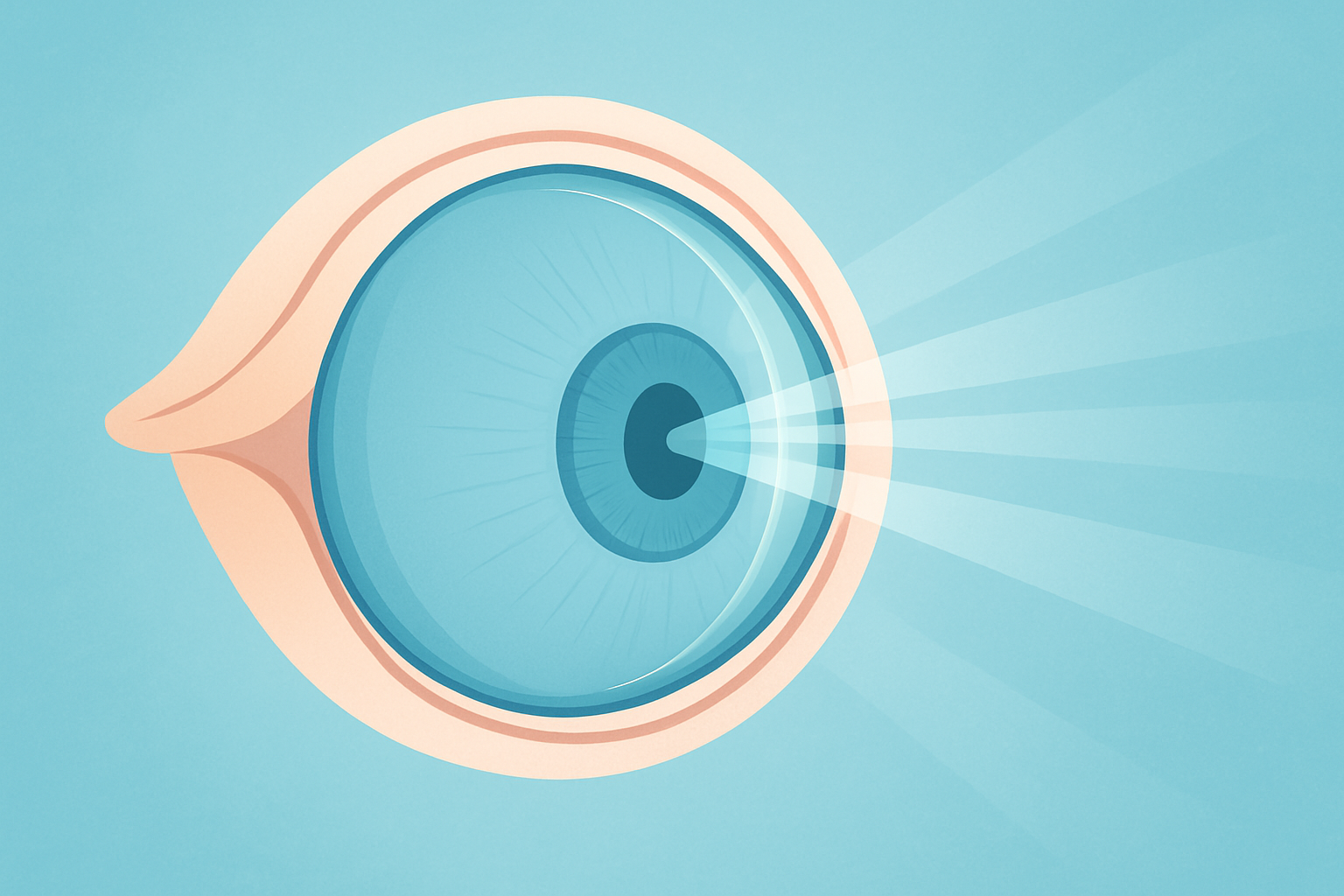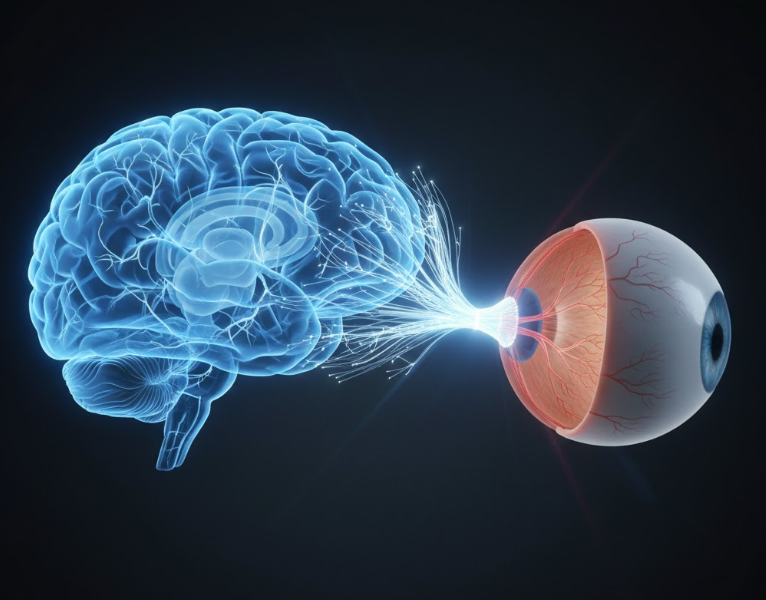Astigmatism is a common vision condition that affects millions of people worldwide. Unlike nearsightedness or farsightedness, astigmatism occurs when the cornea or lens of the eye has an irregular shape. This imperfection prevents light from focusing evenly on the retina, leading to blurred or distorted vision.
Causes of Astigmatism
Astigmatism is primarily caused by an irregularly shaped cornea or lens. Instead of being perfectly round like a basketball, the cornea is shaped more like a football, causing light to focus unevenly. The condition may be:
- Hereditary – Many people are born with astigmatism.
- Developed over time – It can worsen with age or due to eye injuries, surgery, or diseases.
- Linked to other refractive errors – Such as myopia (nearsightedness) or hyperopia (farsightedness).
Symptoms of Astigmatism
People with astigmatism often experience:
- Blurred or distorted vision at all distances
- Eyestrain, especially during prolonged reading or computer work
- Headaches
- Difficulty seeing clearly at night
Diagnosis
An optometrist or ophthalmologist can diagnose astigmatism with a comprehensive eye exam. Tests may include:
- Visual acuity test – Checking how well you see letters on a chart.
- Keratometry – Measuring the curvature of the cornea.
- Corneal topography – A detailed map of the cornea’s shape.
Treatment Options
Fortunately, astigmatism can be effectively corrected with several treatment methods:
- Prescription Eyeglasses
Glasses with cylindrical lenses are the most common treatment for astigmatism. - Contact Lenses
- Toric lenses are specifically designed for astigmatism.
- Rigid gas permeable (RGP) lenses may provide clearer vision for more severe cases.
- Refractive Surgery
Procedures such as LASIK or PRK reshape the cornea, allowing light to focus properly on the retina. - Orthokeratology (Ortho-K)
Specially designed contact lenses are worn overnight to temporarily reshape the cornea.
Living with Astigmatism
With proper diagnosis and treatment, most people with astigmatism can enjoy clear vision and a normal lifestyle. Regular eye exams are essential to detect changes in vision and update prescriptions as needed.
Frequently Asked Questions (FAQ)
Can astigmatism go away on its own?
No. Astigmatism usually remains stable or slowly changes over time, but it does not disappear naturally. It can, however, be easily corrected with glasses, contacts, or laser surgery.
Is astigmatism genetic?
Yes. In most cases, astigmatism is hereditary and can run in families. Regular eye exams are recommended if your parents have it.
Does astigmatism worsen with age?
It can change slightly as the cornea and lens lose flexibility, but significant worsening is uncommon. Regular check-ups help keep prescriptions accurate.
Can astigmatism be corrected permanently?
Yes. Laser eye surgeries such as LASIK and PRK can reshape the cornea to permanently correct astigmatism in most patients.
Can you have 20/20 vision with astigmatism?
Absolutely. With proper correction, individuals with astigmatism can achieve clear 20/20 vision through glasses, contacts, or surgery.



